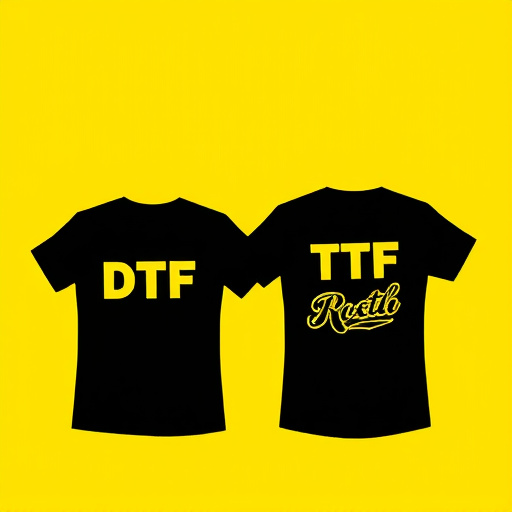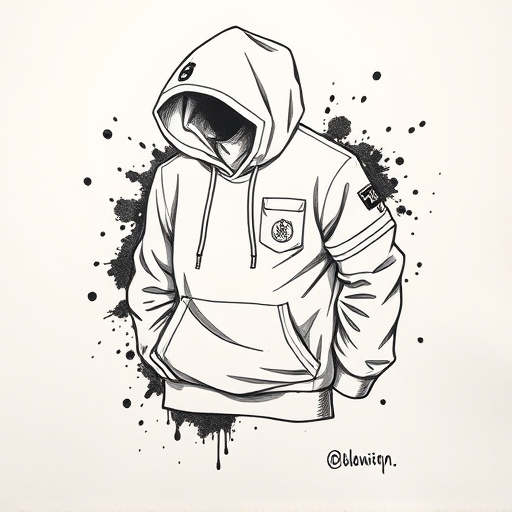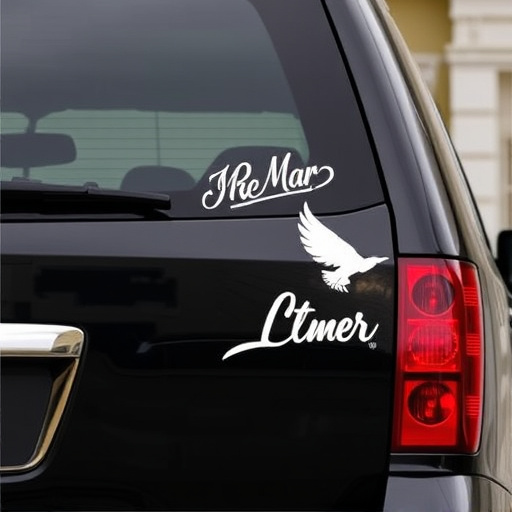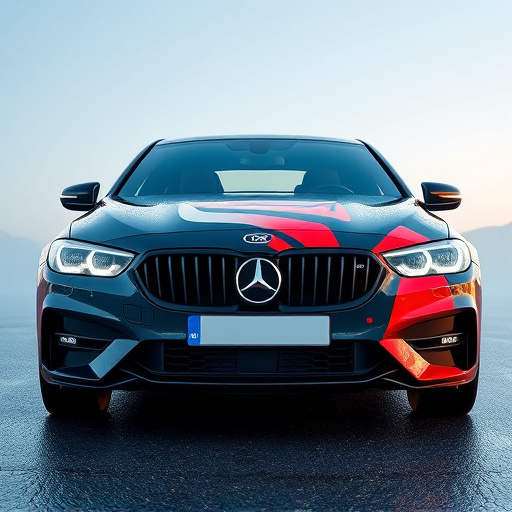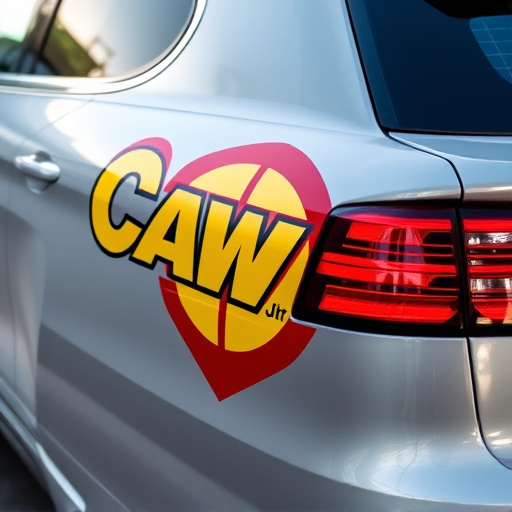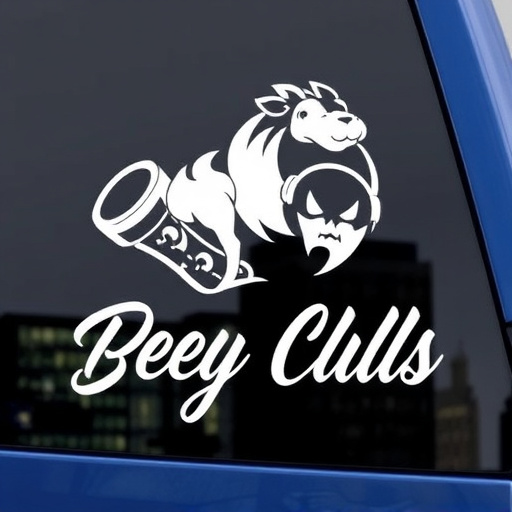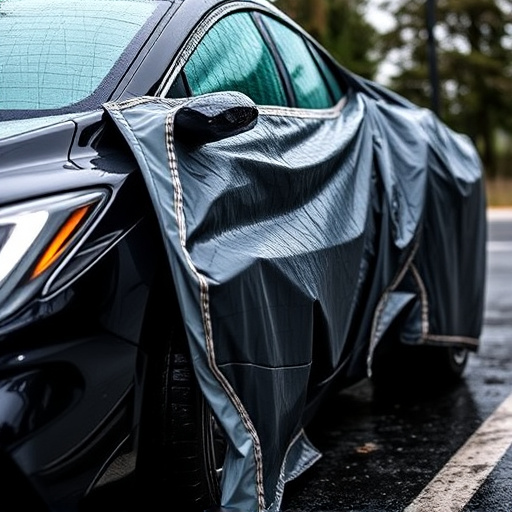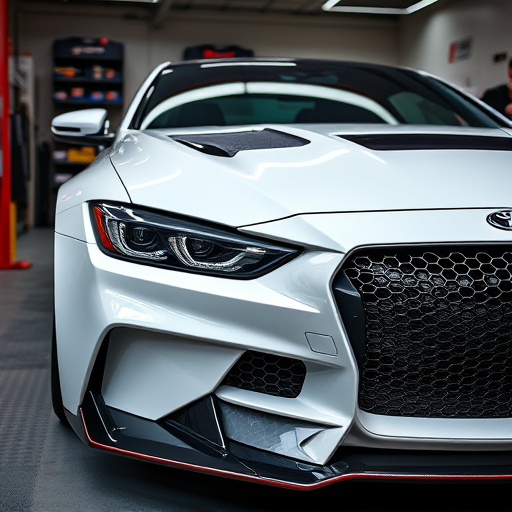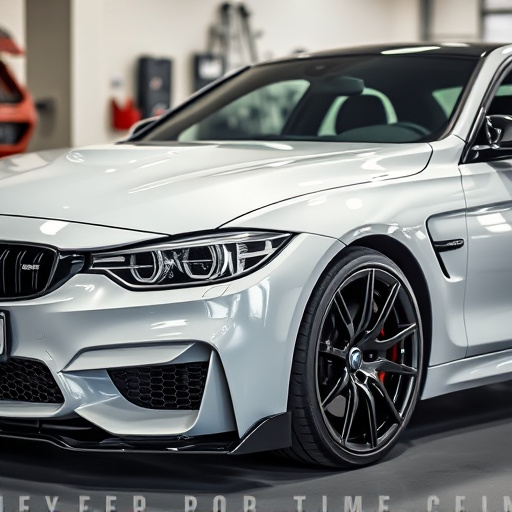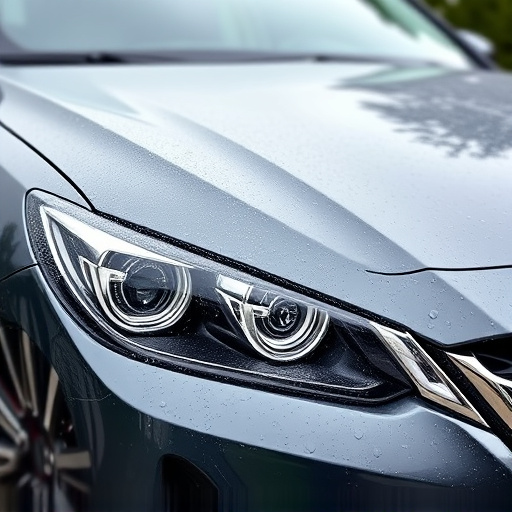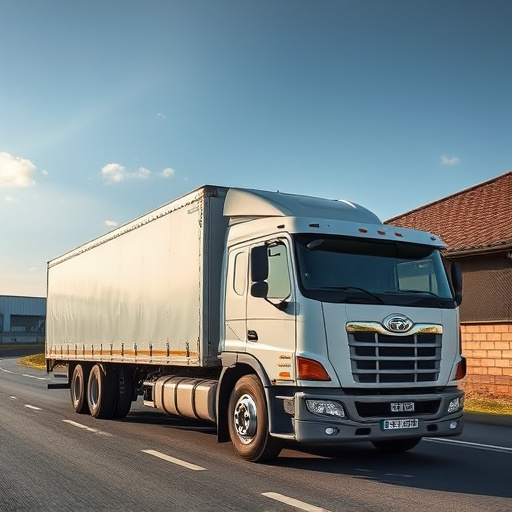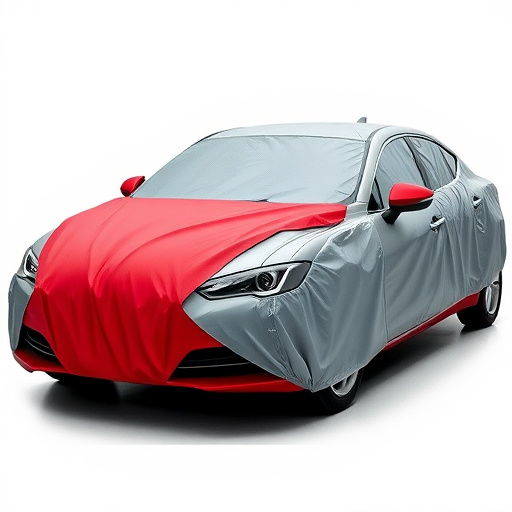Car graphic design can elevate vehicles from ordinary to extraordinary, but common pitfalls like poor color matching, complex designs, and ignoring vehicle contours can significantly reduce visual appeal. Premium automotive services avoid these mistakes by using high-quality materials, precise color matching, streamlined designs, and custom graphics that enhance a car's natural lines. Meticulous inspection with digital imaging software helps identify and correct errors, while strategic planning and techniques like vehicle wraps ensure visually appealing and durable creations that protect against environmental damage. Masterful car graphic design combines artistic flair with technical expertise, studying unique surface characteristics and paint finishes to create vibrant, captivating designs that withstand washing, scrubbing, and varying weather conditions.
In the competitive world of automotive marketing, impactful car graphic design is essential. However, many designs fall into pitfalls like poor color schemes, awkward layouts, and overlooked typography, resulting in unappealing visuals that fail to engage viewers. This article guides you through understanding these common mistakes and offers effective strategies to enhance accuracy and beauty in your car graphic design. Discover best practices for creating stunning graphics that captivate audiences and drive brand recognition.
- Understanding Common Mistakes in Car Graphic Design
- Strategies to Enhance and Correct Visual Errors
- Best Practices for Creating Stunning Car Graphics
Understanding Common Mistakes in Car Graphic Design
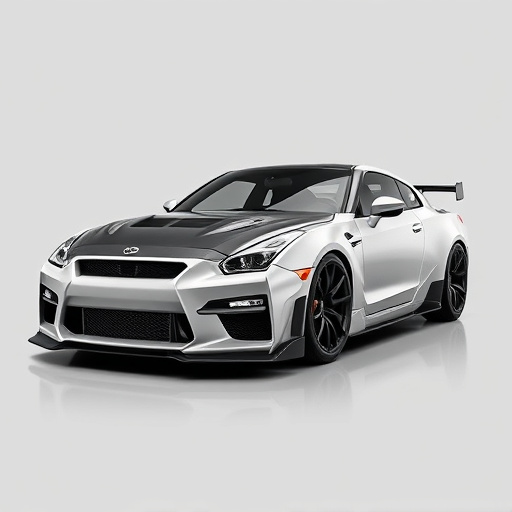
In the realm of car graphic design, several common pitfalls can significantly detract from the overall aesthetic and impact of a vehicle’s visual appeal. For designers and businesses offering premium automotive services, recognizing these mistakes is half the battle won. One of the most frequent errors is failing to consider the vehicle’s unique contours and angles; graphics that don’t conform to the car’s shape often look awkward and uninspired. This is particularly crucial for custom graphics, which should enhance the vehicle’s natural lines rather than clash with them.
Moreover, low-resolution prints or poor color accuracy result in lackluster finishes, undermining the intended visual impact. Using high-quality finishes and precise color matching ensures that custom graphics stand out for all the right reasons. Another pitfall is overcomplicating designs; while creativity is essential, intricate patterns or excessive details can make it hard to appreciate the overall message. Streamlined, clean designs that effectively convey a brand’s identity or a vehicle’s features are more likely to captivate viewers and reflect the quality of premium automotive services.
Strategies to Enhance and Correct Visual Errors
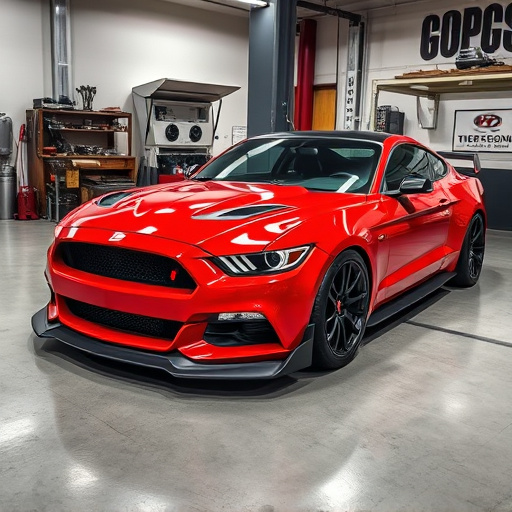
In the realm of car graphic design, enhancing visual errors is akin to transforming a simple car into a masterpiece. The first step involves meticulous inspection to identify blunders such as misaligned graphics, color imperfections, or poorly executed details. Tools like digital imaging software and high-resolution reference images can aid in detecting these issues early in the process. Once identified, corrections can range from simple adjustments in contrast and color balance using photo editing tools, to more complex techniques like paint correction for automotive wraps.
For optimal results in car graphic design, consider integrating vehicle enhancement strategies throughout the creative process. Custom vehicle wraps, for instance, offer a versatile solution for both aesthetics and protection. By planning for potential errors and employing the right enhancement methods, designers can ensure that final outputs are not just visually appealing but also free from defects, making each creation a true testament to their skill and attention to detail.
Best Practices for Creating Stunning Car Graphics
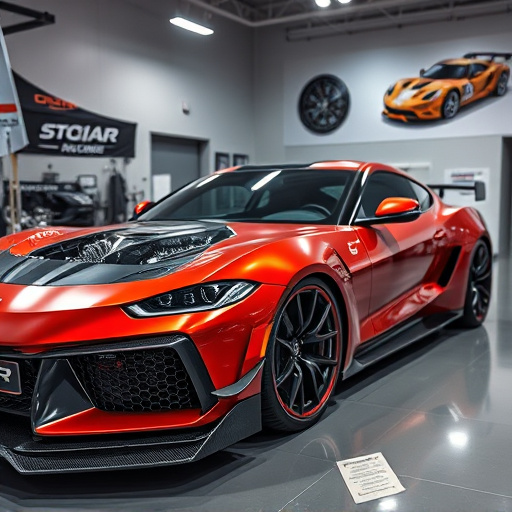
Creating stunning car graphics is an art that combines creativity with technical precision. To avoid common pitfalls and achieve exceptional results in car graphic design, start by understanding the vehicle’s surface characteristics. Different cars have varying paint finishes, which impact how graphics are applied. High-quality finishes require meticulous attention to detail to ensure longevity and a professional appearance. Use high-resolution images and precise cutting techniques for seamless integration.
Additionally, consider the overall aesthetic goal. Vehicle enhancement isn’t just about aesthetics; it’s also about functionality and protection. Premium automotive services offer graphic designs that not only elevate the car’s visual appeal but also safeguard its surface from UV damage and other environmental factors. Incorporate vibrant colors and eye-catching patterns while ensuring proper adhesion and resistance to washing, scrubbing, and weather changes.
Car graphic design, while creative and exciting, comes with its fair share of pitfalls. By understanding common mistakes like poor color contrast, unbalanced layouts, and inappropriate font choices, designers can enhance their work significantly. Implementing strategies to correct visual errors and adhering to best practices ensures that car graphics not only look stunning but also effectively convey the intended message. Remember, in the competitive world of car graphic design, attention to detail and a keen eye for aesthetics are key to creating visually appealing and impactful designs.
